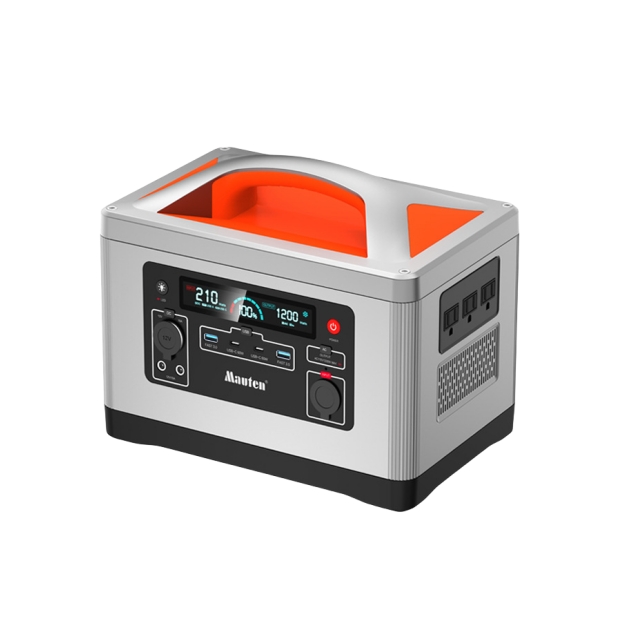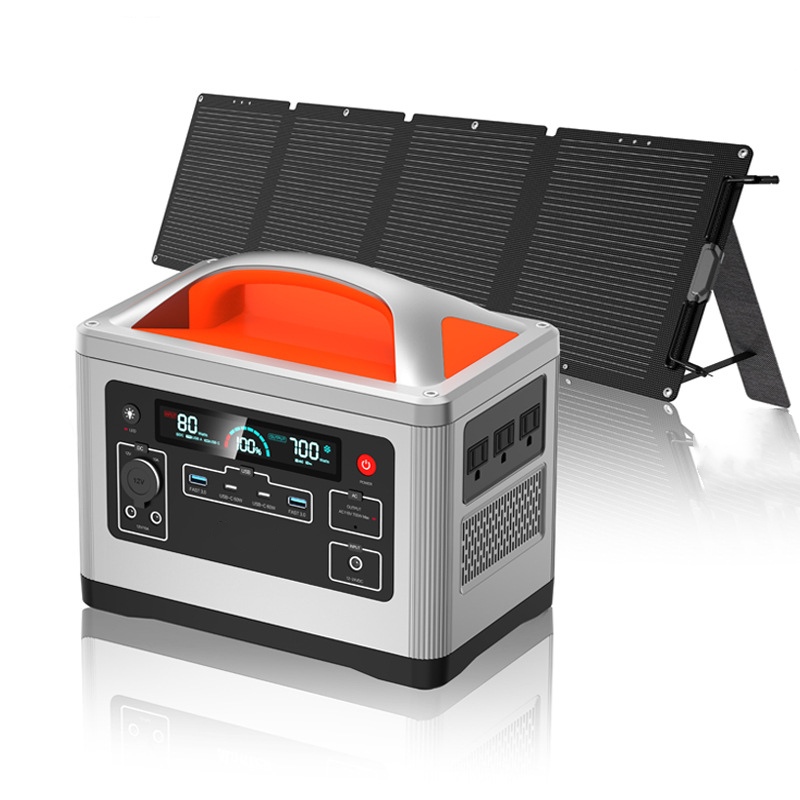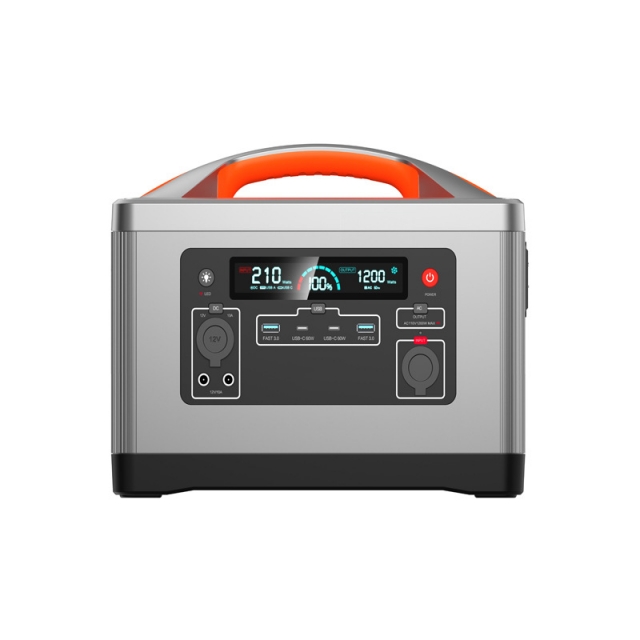Author:BLD Solar Energy SystemFROM:Solar System Converter Manufacturer TIME:2024-02-23
Portable power plants play a crucial role in providing electricity in remote areas and during emergencies. Production of these power stations involves a complex process that requires careful planning, engineering, and manufacturing. In this article, we will explore the production process of portable power plants, from design and component selection to assembly and testing.
The production process of portable power plants begins with meticulous design and planning. Engineers and designers work together to create detailed plans that outline the specifications, layout, and functionality of the power station. This phase involves considering the power output, fuel source, size, weight, and portability of the unit. Additionally, the design phase includes choosing the appropriate components such as engines, generators, fuel tanks, and control systems.

Once the design phase is complete, the next step in the production process is selecting the components for the portable power plant. This involves sourcing high-quality engines, generators, fuel tanks, and other essential parts from reliable suppliers. Careful consideration is given to the performance, durability, and compatibility of each component to ensure the overall reliability and efficiency of the power station.
After the selection of components, the manufacturing process begins. This stage involves the production of engines, generators, fuel tanks, control panels, and other integral parts of the power plant. Skilled labor and advanced machinery are employed to fabricate and assemble these components according to the precise specifications outlined in the design phase. Quality control measures are implemented to guarantee the reliability and safety of the components.
Simultaneously, the fabrication of the frame and enclosure of the portable power plant takes place. The frame serves as the structural foundation, while the enclosure provides protection to the internal components. Fabrication of the frame involves welding, shaping, and assembli

Once all the components, including the frame and enclosure, are ready, the assembly process begins. Skilled technicians meticulously put together the power plant, integrating the engines, generators, fuel system, control panels, and other components into the frame and enclosure. This phase requires precision and attention to detail to ensure that all the parts are properly connected and secured.
Wiring and integration are critical stages in the production process. Skilled electricians meticulously install and connect the wiring, switches, meters, and other electrical components within the power plant. Integration of the control system, fuel system, and electrical system is carefully executed to ensure seamless operation and optimal performance of the portable power plant.
Following the assembly and integration, rigorous testing and quality assurance procedures ar

Once the portable power plant has passed all quality tests, it undergoes packaging and preparation for distribution. The unit is securely packaged to protect it during transportation and storage. Detailed user manuals, maintenance guidelines, and warranty information are included to provide customers with essential support and guidance.
In conclusion, the production process of portable power plants encompasses various stages, from design and component selection to assembly, testing, and distribution. Each phase requires expertise, precision, and adherence to quality standards to ensure that the resulting power stations are reliable, efficient, and safe. By following a systematic production process, manufacturers can deliver high-quality portable power plants that meet the diverse energy needs of individuals, businesses, and communities around the world.
```